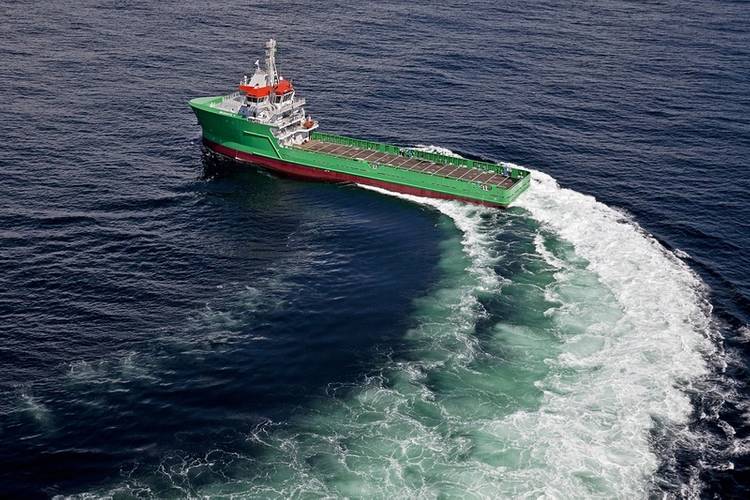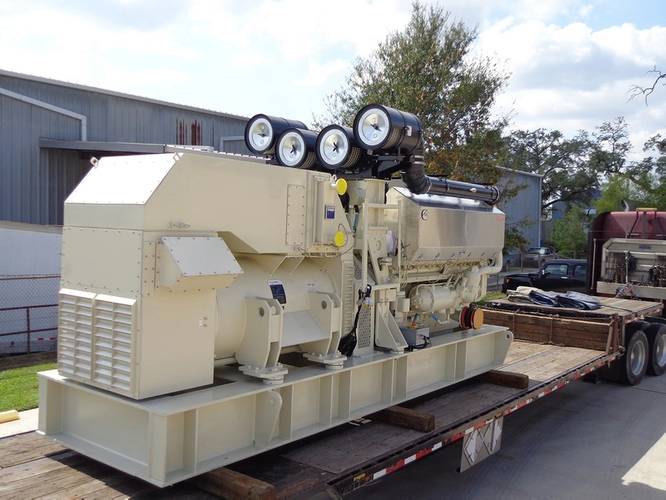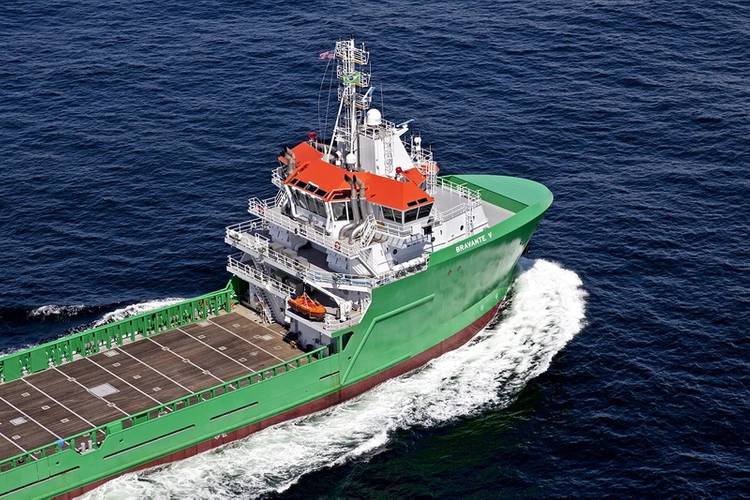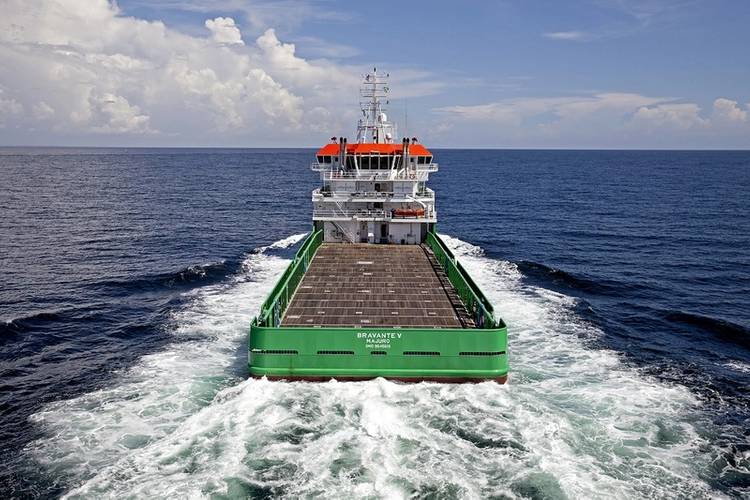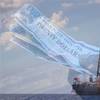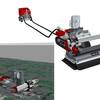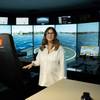Diesel-Electric Propulsion for Offshore
Images of the Bravante courtesy of Eastern Shipbuilding, the genet on truck is courtesy of Cummins Mid-South
Long reserved for specialized applications such as icebreakers, diesel electric has enjoyed a rapid growth for marine propulsion in the past decade. Throughout that period, Cummins Marine has been a leader, supplying more than 900 diesel electric packages since delivering its first genset 2003.
Early adopters of this flexible propulsion technology included the US firm Rigdon Marine with twenty vessels and France-based Bourbon Offshore with over 100 vessels.
In late 2011 Aries Marine built two STX-designed Tiger Shark Class PSVs. After nine months operating in Mexico, one of their vessel engineers, Darrell Bickham, enthused over the performance. “We only put enough engines on line as we need for the job. We can stand by the rig outside the 500-meter zone on one of our four Cummins QSK60-powered generators. Traveling we can make 10 knots with only two operating at 50 to 60 percent of their rated power.”
Captain Philip Munsch added, “If we get into weather we can bring on three or even four engines as required. But they are always running at a steady 1,800 RPM with no revving up and down so crew comfort and safety is improved because of the reduced fatigue.”
The fuel economy made possible by using only the number of engines required to do the job at hand is pleasing to both owners and charterers. The flexibility in engine placement afforded by the absence of a long drive shaft between the generators and propulsion motors allows for engine placement on the main deck resulting in increased cargo capacity in the vessel’s hull.
There is virtually no downtime as engine servicing can be done with one or more engines off line. Modern electronic systems have made diesel electric generator sets reliable and easily managed. It is, then, little wonder that this form of powering the modern offshore fleet is gaining even more followers.
Brazil’s Bravante Group recently (February 28, 2014) took delivery of the M/V Bravante VI, their second in a five vessel series of diesel-electric PSVs, from Florida’s Eastern Shipbuilding. The Bravante V delivered in 2013 is already on charter in Brazilian waters.
Designed by STX and designated the STX SV290 design the 86.5-meter (284-foot) by 18.3-meter (60-foot) by 7.5-meter (24-foot) vessels are built around four Cummins-powered generators. Each 16-cylinder Cummins QSK60-DM engine rated for 1825 kW at 1800 RPM powers a Marathon Model 744 690VAC generator also supplied by Cummins.
A pair of 690VAC electric motors each turning nozzled fixed-pitch propellers on Schottel Combi-Drives provides main propulsion. These two propulsion motors are each rated at 2,500 kW at 750 RPM to give a total of 6700 HP. Two Schottel 1180 kW tunnel thrusters with direct coupled electric drives also draw their power from the four main Cummins QSK60-powered generators. The flexibility of the diesel electric system in providing power to both ends of the vessel as well as to a wide array of cargo pumps and general ship requirements continues to attract owners’ attention and orders.







